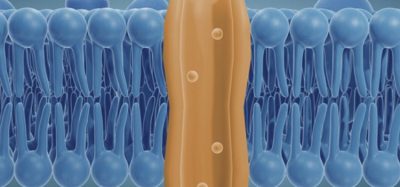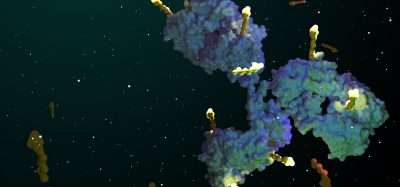Blocking GPNMB may halt triple-negative breast cancer progression
Posted: 10 September 2025 | Drug Target Review | No comments yet
A new study has revealed that the protein GPNMB alters immune cells to aid cancer spread – pointing to the GPNMB-Siglec-9 pathway as a potential target for future treatments.


Metastasis is the leading cause of cancer-related deaths and its progression is linked to changes within the tumour microenvironment (TME). In triple-negative breast cancer (TNBC) – an aggressive subtype lacking oestrogen receptor (ER), progesterone receptor (PR) and HER2 expression – these changes are particularly crucial.
Now, a new study by researchers at the University of Tsukuba have identified Glycoprotein non-metastatic melanoma protein B (GPNMB) as a driver of tumour progression in TNBC. This glycoprotein, found in high levels on TNBC cells, reshapes the TME by reprogramming macrophages into immunosuppressive tumour-associated macrophages (TAMs). These TAMs dampen the immune system’s response – enabling cancer growth and spread.
The role of sialic acid modifications
A distinctive feature of GPNMB in cancer cells is its cancer-specific sialic acid modification. This modification allows GPNMB to bind selectively to Siglec-9 – an immune receptor present on macrophages. Once connected, this interaction pushes macrophages toward an immunosuppressive phenotype – further fuelling tumour progression.
Automation now plays a central role in discovery. From self-driving laboratories to real-time bioprocessing
This report explores how data-driven systems improve reproducibility, speed decisions and make scale achievable across research and development.
Inside the report:
- Advance discovery through miniaturised, high-throughput and animal-free systems
- Integrate AI, robotics and analytics to speed decision-making
- Streamline cell therapy and bioprocess QC for scale and compliance
- And more!
This report unlocks perspectives that show how automation is changing the scale and quality of discovery. The result is faster insight, stronger data and better science – access your free copy today
Driving EMT and a self-amplifying loop
The GPNMB-Siglec-9 interaction not only suppresses immunity but also enhances epithelial-mesenchymal transition (EMT) – a process that makes cancer cells more mobile and invasive. GPNMB also creates a self-reinforcing feedback loop that promotes its own expression. This loop helps spread immunosuppressive TAMs throughout the TME – which improves cancer’s ability to metastasise.
In experimental mouse models, blocking GPNMB or Siglec-E (the murine equivalent of Siglec-9) significantly reducedIL-6-driven EMT and metastasis. These findings highlight the GPNMB-Siglec-9 pathway as a main driver of TNBC progression and resistance to current therapies.
Implications for future treatments
By discovering this mechanism, GPNMB-Siglec-9 axis becomes a promising target for next-generation immunotherapies. Interventions that disrupt this interaction could restore immune activity and reduce tumour invasiveness – which could improve outcomes for patients facing TNBC.
Related topics
Cancer research, Drug Targets, Immuno-oncology, Precision Medicine, Therapeutics, Translational Science
Related conditions
Breast cancer
Related organisations
the University of Tsukuba








